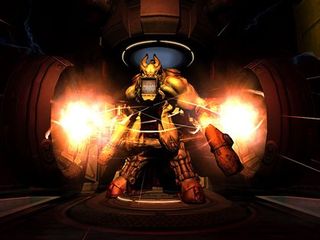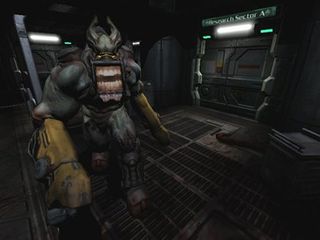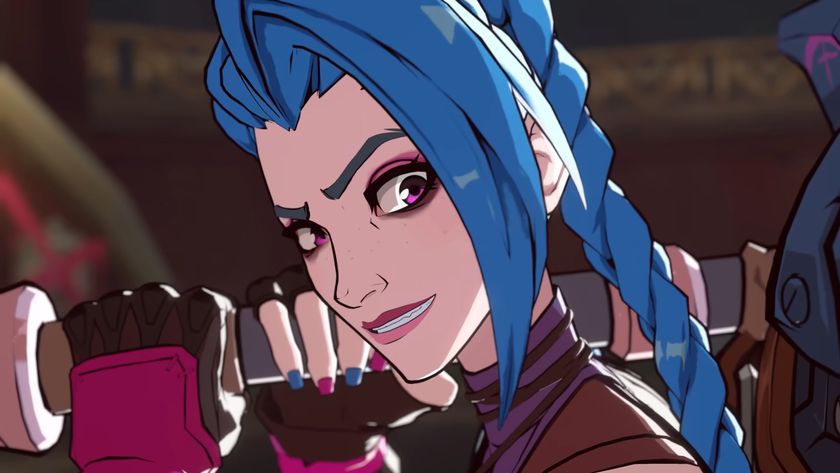Gaming's freakiest monsters: A biological study
An attempt to explain the most bizarre creatures in games
Biosphere: Doom 3: Resurrection of Evil
Classification:Monitorus incisors

A truly remarkable organism, the Bruiser tends to be somewhat of a recluse, remaining hidden in dark places like Mars mining colonies or the churning depths of Hell. Initially, the television-monitor apparatus serves as a sort of lure – unsuspecting homo sapiens attempting to interface with the internet are drawn to the allure like a bee to a flower.

We also see that the secondary function of the television-monitor apparatus is to communicate – in this case, the all-important and universal warning of baring the teeth with the mouth open – a sure sign that an intruder has stumbled into a Bruiser’s territory. Remember, if a predator makes the effort to warn you, it’s more interested in protecting its territory than in harming you, and is in fact probably quite afraid of you.
Also note the horns and powerful arm plates. Based on the positioning of the horns on the head, they probably aren’t very useful as weapons, since leaning forward to present them toward prey would put the delicate monitor near the ground and other objects that might break it. Therefore, most scientists agree that the horns are merely decorative, or may help in foraging – the Bruiser using them to rub against trees to pry loose tasty leaves. As for the arms, some have posited that they are designed for digging. Indeed, if the Bruiser can burrow and partially conceal itself, it can better disguise its facial monitor as an alluring internet terminal.
Turtle Boss Thingy
Biosphere: Contra: Shattered Soldier
Classification:Terrapin buttface
A shy creature, the Turtle Boss Thingy made its first appearance in Contra III, where it refused to show the lovely apparatus on its posterior end. Initially thought to simply be a hideous, giant mutant turtle, the creature revealed its most interesting trait in Contra: Shattered Soldier.
When frightened, the Turtle Boss Thingy presents its posterior, much like the behavior of the common skunk. In this case, instead of musk glands, it illicits the response of HOLY GOD WHAT THE F--- IS THAT?
Sign up to the 12DOVE Newsletter
Weekly digests, tales from the communities you love, and more
Ahem. Certain moths and caterpillars have developed features, often away from their head, that simulate the facial characteristics of larger, more dangerous animals in order to frighten and confuse potential predators. Many animals have shown behaviors such as vomiting or defecating in order to “gross out” attackers. In the case of the Turtle Boss Thingy, scientists are unsure exactly which body function it is performing.
Oct 28, 2009


The films, games, and novels that every zombie aficionado should know

Creepy, disturbing and obscure as hell

Why should the living get all the attention?
Most Popular








